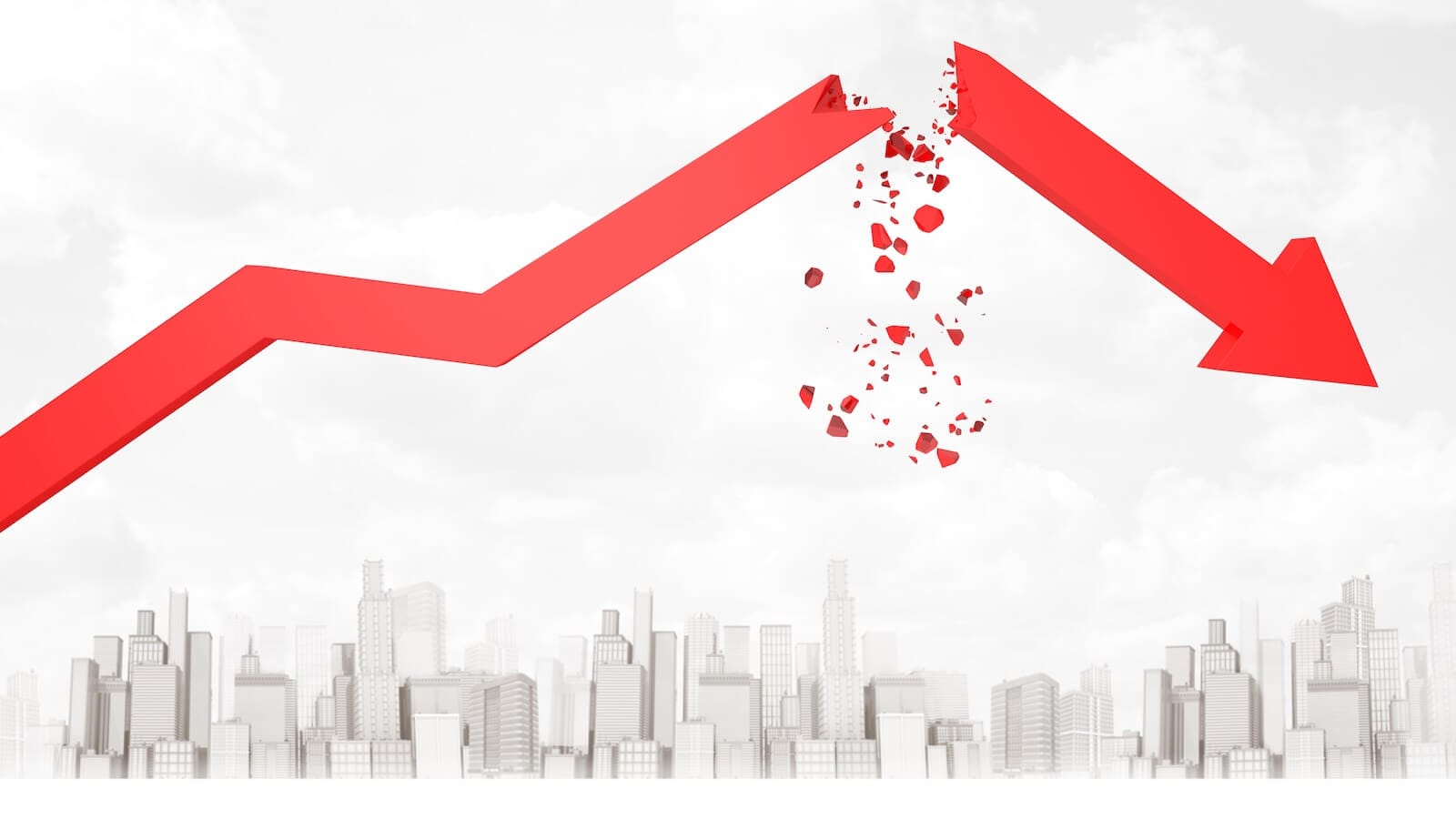STOCKS GET COLD FEET -- FINANCIALS ABOUT FACE AND LEAD THE WAY LOWER - HEALTHCARE SHOWS RELATIVE STRENGTH -- USING STOCHASTICS WITH THE SECTOR CARPET
EASY COME EASY GO ... Today's Market Message was written by Arthur Hill. John Murphy will return next week. - Editor
After a big rebound in the financial sector on Tuesday, stocks got cold feet on Wednesday and retreated. The major indices closed sharply lower with small-caps and techs leading the way. These two groups led the way higher a mere 24 hours ago. What a difference a day makes. At the very least, today's declines establish minor resistance levels to watch for breakouts that could trigger oversold bounces. Keep in mind that the bigger trends are down and any strength would be viewed as a counter-trend rally. Chart 1 shows the S&P 500 ETF (SPY) testing its March lows again. The ETF has minor resistance at 128 and a break above this level would open the door to a corrective rally. Chart 2 shows the Nasdaq 100 ETF (QQQQ) failing to follow through and move above last week's high. A move above 46.15 is needed to break minor resistance.

Chart 1

Chart 2
FINANCIALS GIVE IT BACK... The finance-related ETFs led the market on Tuesday and handed back their gains on Wednesday. Such sharp pullbacks reflect the fragility of current conditions. Buying did not inspire confidence. Instead, higher prices offered a second chance to get out as sellers appeared at the first sign of strength. Earnings season started this week and gets into full gear next week. From the looks of today's action, traders are not looking forward to reports from the financial sector. Chart 3 shows the Financials SPDR (XLF) giving back almost all of Tuesday's gains. Chart 4 shows the Regional Bank HOLDRS (RKH) dropping over 5%. Chart 5 shows the Broker Dealer iShares (IAI) losing more than it gained on Tuesday. That is two steps forward and three steps back.

Chart 3

Chart 4

Chart 5
HEALTHCARE PERKING UP... After perusing the S&P Sector Carpet, I noticed that the healthcare sector was showing signs of strength, especially relative to the other sectors. Chart 6 shows the image of the S&P Sector Carpet. Three steps are required to get from the default Sector Carpet to a sector focus. First, change "Price Performance" to "Full Stochastics" (green arrow). Second, click the "Absolute Change/Mode" arrow to make it white (red arrow). Third, click the arrow next to "US Market" to focus on the nine sectors only (black arrow). The subsequent Sector Carpet shows nine S&P sectors with various colors.

Chart 6
DECONSTRUCTING THE STOCHASTIC OSCILLATOR ... Before analyzing the Sector Carpet, let's review the rationale behind the Full Stochastics indicator. The Stochastic Oscillator measures the level of the close relative to the high-low range over a given period, which is 14 days in this case. A 3-day moving average is then applied to smooth the data. The indicator oscillates above/below 50 with 100 as the maximum and 0 as the minimum. Readings between 80 and 100 indicate that a security is near its high for the given look-back period (14 days). Readings between 0 and 20 indicate that a security is near its low for the given look-back period. A reading near 50 shows that the security is in the middle of its 14-day high-low range. Stocks trading near their highs show strength, while stocks trading near their lows show weakness. Chart 7 illustrates the Stochastic Oscillator with the Healthcare SPDR over a 14-day period.

Chart 7
The red line is Full Stochastics without smoothing (14,1,1). Because XLV is trading near the its 14-day high, the Full Stochastics without smoothing is at 86.96. The black line is the Full Stochastics with a 3-day SMA for smoothing (14,3,1). Notice that the smoothed version (56.66) is much lower than the un-smoothed version (86.96). The smoothed version is a 3-day average that includes readings that were below 50 the prior two days.
RELATIVE STOCHASTICS... Comparing the level of the Stochastic Oscillator across securities allows us to identify stocks, sectors, indices and ETFs showing relative strength or weakness. Sector Carpet colors make this differentiation process quite easy. In general, red boxes reflect weakness, green boxes reflect strength and cream-colored boxes reflect a standoff. The number at the upper right is the sector average for Full Stochastics. Looking back at Chart 6, the healthcare sector sticks out like a sore thumb because it is the only sector with a green box and has the highest Full Stochastics score. This shows that the stocks within the healthcare sector are the strongest over the last 14 trading days. It is not a long look-back period, but there are few pockets of strength right now and healthcare is one of them.
LOOKING WITHIN XLV... Now that we have isolated healthcare as the strongest of the nine sectors, it is time to focus on the stocks within the sector. Click on the heading (Healthcare) twice to focus on stocks within this sector. Chart 8 shows the Sector Carpet with just healthcare stocks. The green boxes show those stocks that are trading near their 14-day highs. The red boxes show stocks that are trading near their 14-day lows. On the bottom right, there is a list of the top five stocks and the bottom five stocks. John Murphy and I have been pointing out relative strength in the defensive sectors and healthcare is one of these sectors. The other two are utilities and consumer staples.

Chart 8










